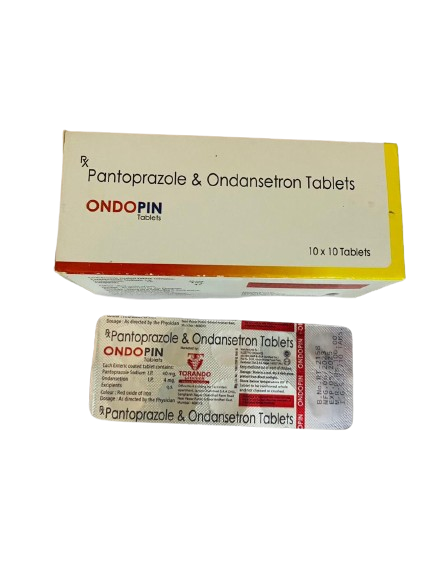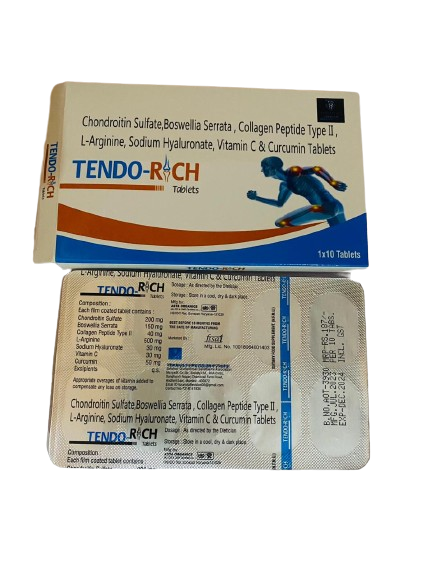Pantoprazole and ondansetron are two distinct medications that serve different purposes in healthcare.
Pantoprazole is a proton pump inhibitor (PPI) used to reduce stomach acid production. It is commonly prescribed for conditions such as gastroesophageal reflux disease (GERD), ulcers, and other acid-related disorders. By inhibiting the proton pump in the stomach lining, pantoprazole helps alleviate symptoms like heartburn and promotes healing of the esophagus.
Ondansetron, on the other hand, is an antiemetic medication primarily used to prevent nausea and vomiting. It is often prescribed for patients undergoing chemotherapy or surgery, where nausea is a common side effect. Ondansetron works by blocking serotonin, a natural substance in the body that can trigger nausea and vomiting.
While pantoprazole addresses acid-related gastrointestinal issues, ondansetron focuses on managing nausea and vomiting triggered by various factors. It’s important for individuals to take these medications as prescribed by their healthcare provider and to communicate any existing medical conditions or potential interactions with other medications.
In some cases, a healthcare provider may prescribe both medications if a patient is experiencing both acid-related issues and nausea. However, any combination of medications should be under the guidance and supervision of a qualified healthcare professional to ensure safety and effectiveness.






